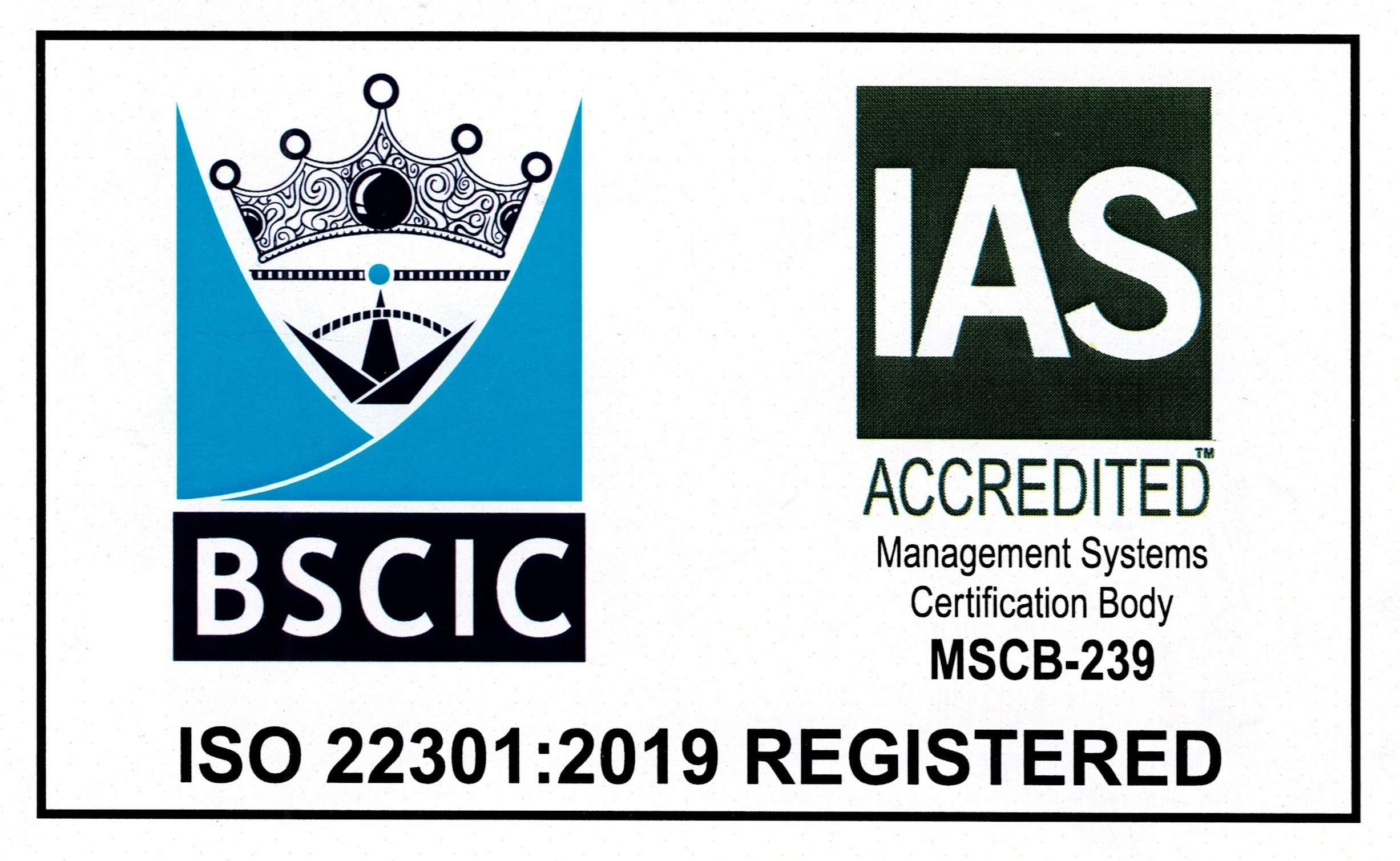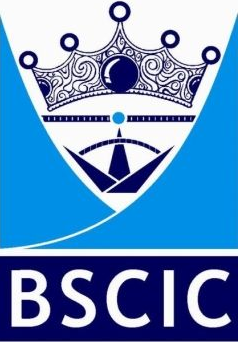This ISO Management System will be accredited by IAS
(International Accreditation Service)
 What is ISO 22301?
What is ISO 22301?
Just a few examples of disasters or business interruptions include the recent Covid19 epidemic, strong rains combined with unanticipated climate shifts in several parts of the world, floods in Chennai, and landslides in Kedarnath. Businesses that had planned for business continuity might carry on through such a crisis with the fewest downtimes, casualties, or losses of revenue. Some people struggled to survive. Some even shut down. We can save ourselves by using a business continuity management system that is in line with organizational business strategy. The ISO/IEC 22301:2019 standard, which was released by the International Organisation for Standardisation, is quite effective. It is becoming more and more well-liked around the world as a framework for operating within management and customer-permitted downtimes and with the least possible impact on service or product delivery. The standard outlines the requirements for a management system to safeguard against, lessen the likelihood of, and guarantee the quickest possible return to business following disruptive incidents.
.png)
Benefits:
- Identify and manage current and future disruptions to your business
- Take a proactive approach to minimize the impact of disruptive incidents
- Identify and keep critical functions up and running during times of crises
- Minimize downtime during disruptions and improvement in recovery times
- Demonstrate resilience to customers, suppliers, and marketing efforts
All sizes and types of organizations are permitted to use the standard. These organizations will be able to acquire recognized certification in accordance with this standard, proving to lawmakers, regulators, clients, potential clients, and other interested parties that they follow industry best practices in the field of business continuity.
Customers who are more confident in your ability to provide goods and services at agreed-upon performance levels even during the crisis will come to your business thanks to accreditation and compliance, which also has reputational, motivating, and financial benefits. BCMS improves your company's capacity to develop happy clients, who are the finest guarantee of recurring business.

COVID-19 and its variants are increasing the need for ISO 22301
Following the advent of the COVID-19 pandemic, we at BSCIC have observed a considerable increase in the number of organizations wishing to deploy an ISO 22301-based Business Continuity Management System. The pandemic had a terrible effect on businesses all across the world. Now, several of them are adopting BSMS based on ISO 22301:2019 in an effort to safeguard themselves against future unforeseen disruptions.
Need of BCMS and process to achieve it:
All of your business-critical processes may be identified with the help of BCMS, which also does 'business impact analysis' on each of them to look for any potential hazards to those processes. Then, strategies and plans for business continuity are created, personnel are taught, and a disaster recovery system is built and put to the test. As a result, the organisation is well-prepared to handle any potential undesirable situations. Your organization's resistance to disruptions and/or disasters will be considerably improved by implementing and maintaining an effective BCMS.
Migration:
2012 saw the initial release of ISO 22301. This ISO standard was one of the first to make use of the High-Level Structure (HLS). It lays forth standards and best practises for creating stronger, more resilient businesses that can handle disruptive situations. Compliance-driven businesses are better prepared to react and bounce back from crises, lessening the negative effects on their customers, staff, and bottom line.
On October 31, 2019, ISO 22301:2019, an updated version of ISO 22301, was made public. It was developed by the Technical Committee ISO/TC 292 Security and Resilience. There are more than 60 National Standards Bodies in it. The revision's purpose was to better serve people who were putting the standard into practise by reflecting current advances and changes in the business continuity industry.
Transition timeline
Due to Covid-19 and the dispositions given by IAF, the transition arrangements and connected timelines are extended with 6 months; the transition end date is changed from 31 October 2022 to 30 April 2023.
How to prepare for the implementation of the new version?
We recommend you start preparing for the transition as early as possible and plan properly to incorporate needed changes into your management system.
Recommended steps for the transition:
- Get to know the contents and requirements of the new standard. If you are a current user of the 2012 standard, you should focus on the changes implied by the revised standard.
- Ensure that relevant personnel in your organization are trained and understand the requirements and key changes.
- Identify gaps that need to be addressed to meet the new requirements and establish an implementation plan.
- Implement actions and update your management system to meet the new requirements.
